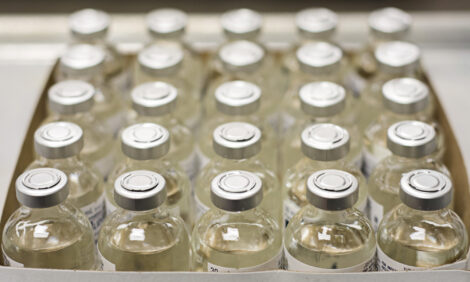



Serious Disease Outbreaks Cause Rise in Antibiotic Use on Danish Poultry Farms
DENMARK - Antimicrobial consumption in Danish animals has continued to decrease in 2015, mainly due to a reduction in pigs. By contrast, serious outbreaks of disease among broilers and mink have resulted in an increased use of antimicrobials in these animals.These are the findings of the annual DANMAP report from Statens Serum Institut as well as the National Veterinary Institute and the National Food Institute, which are both departments under the Technical University of Denmark. This year’s report is the 20th anniversary edition of DANMAP.
The total antimicrobial consumption in Denmark – when measured in kilos – in production and companion animals was 5 per cent lower in 2015 than the previous year. The fall in consumption is mainly due to a 5 per cent reduction in usage in the pig production sector, which constitutes about 86 per cent of meat production in Denmark.
These figures should be seen in light of the fact that Danish farmers have produced more pigs in 2015 than the year before.
Contrary to the general fall in antimicrobial use in pigs, several severe disease outbreaks in the boiler production are the reason behind a 184 per cent increase in antimicrobial consumption in the poultry production in 2015. The increase applies particularly to tetracyclines and macrolides. As such, consumption is by far the highest in the past decade.
”Antimicrobial consumption in the broiler production has traditionally been very low. So when – as in this past year – it is necessary to take action to treat some serious disease outbreaks, this will result in considerable fluctuations in consumption figures,” Head of Division Flemming Bager from the National Food Institute explains.








